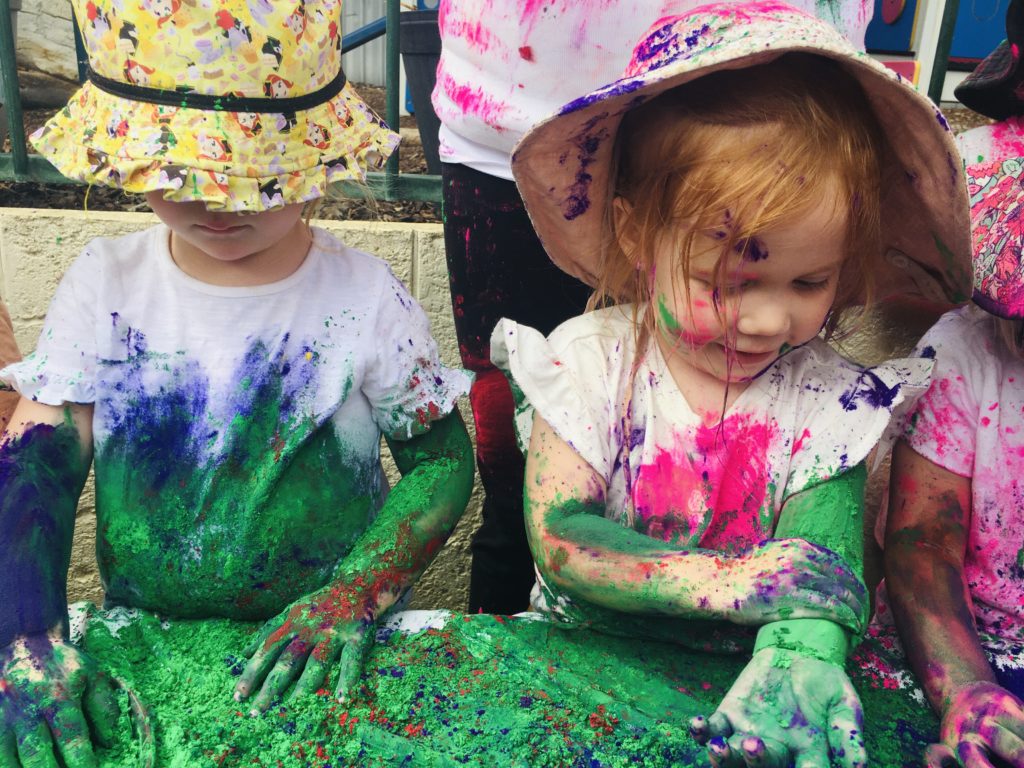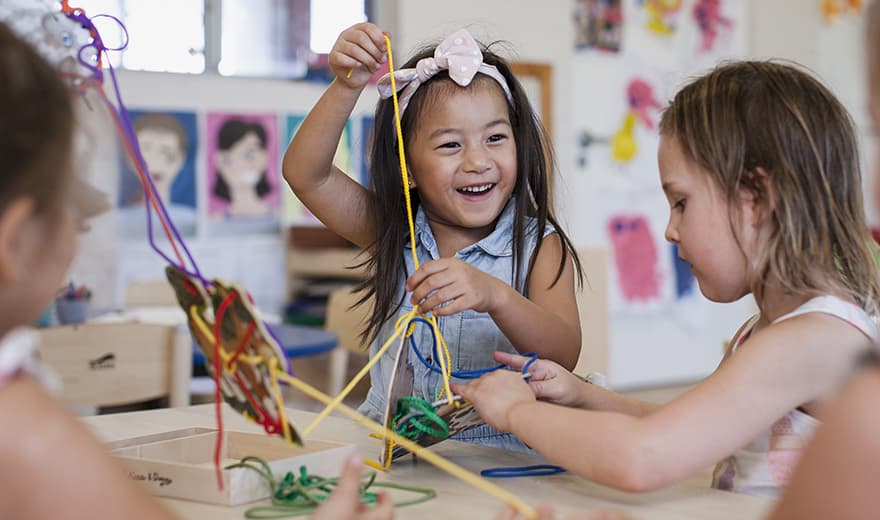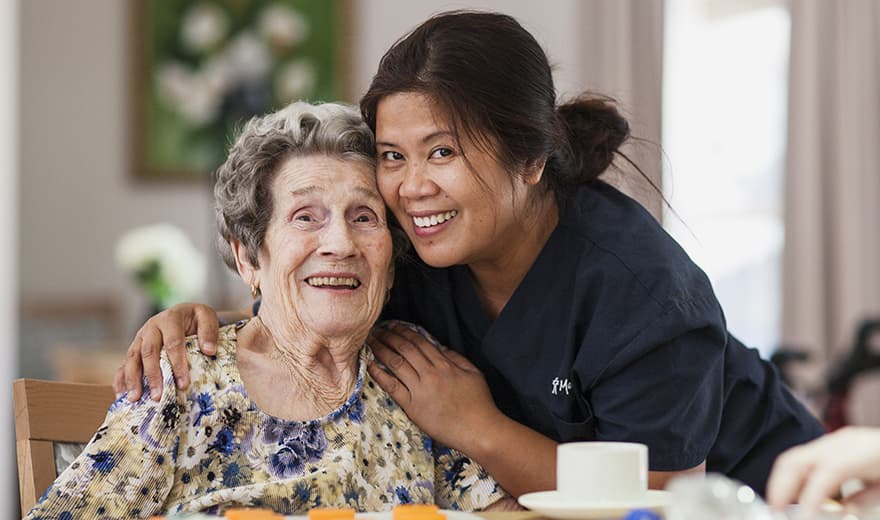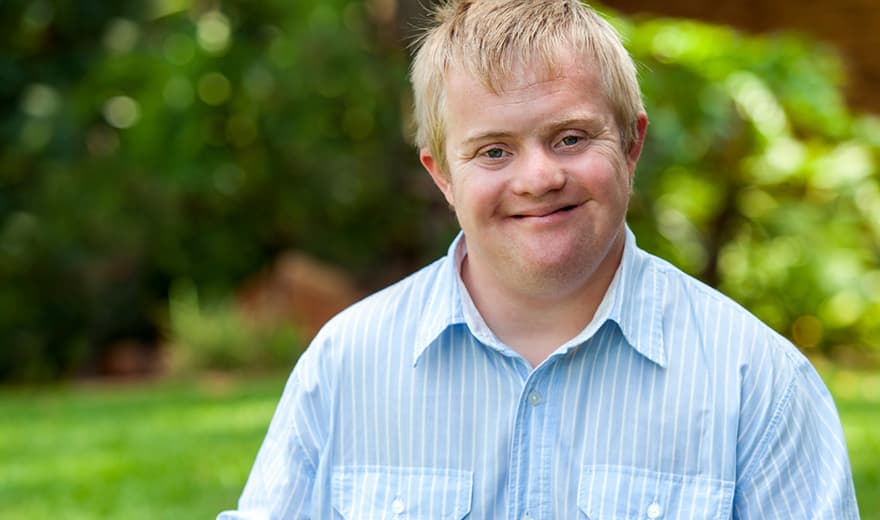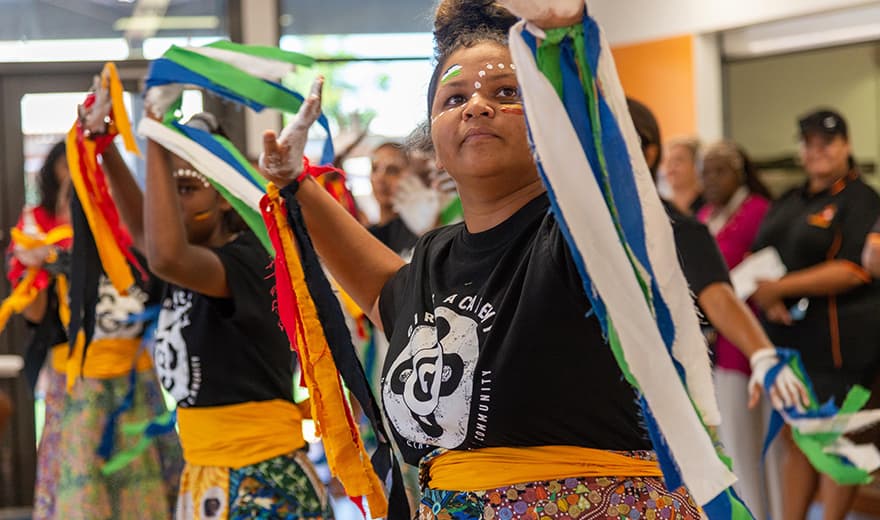Here’s a look at how our educators engaged children in a fun and educational way to highlight the Harmony Week theme, ‘Everyone belongs’.
Bassendean
Children had a blast exploring bursts of colour all over their hands, faces and clothes as they celebrated Holi, the Hindu festival of colour, thanks to educator Sangeeta.
Sangeeta brought in coloured flour called Gulal so that children and educators could recreate the fun tradition of throwing the colourful powder onto one another, which symbolises a beautiful act of unity and diversity.
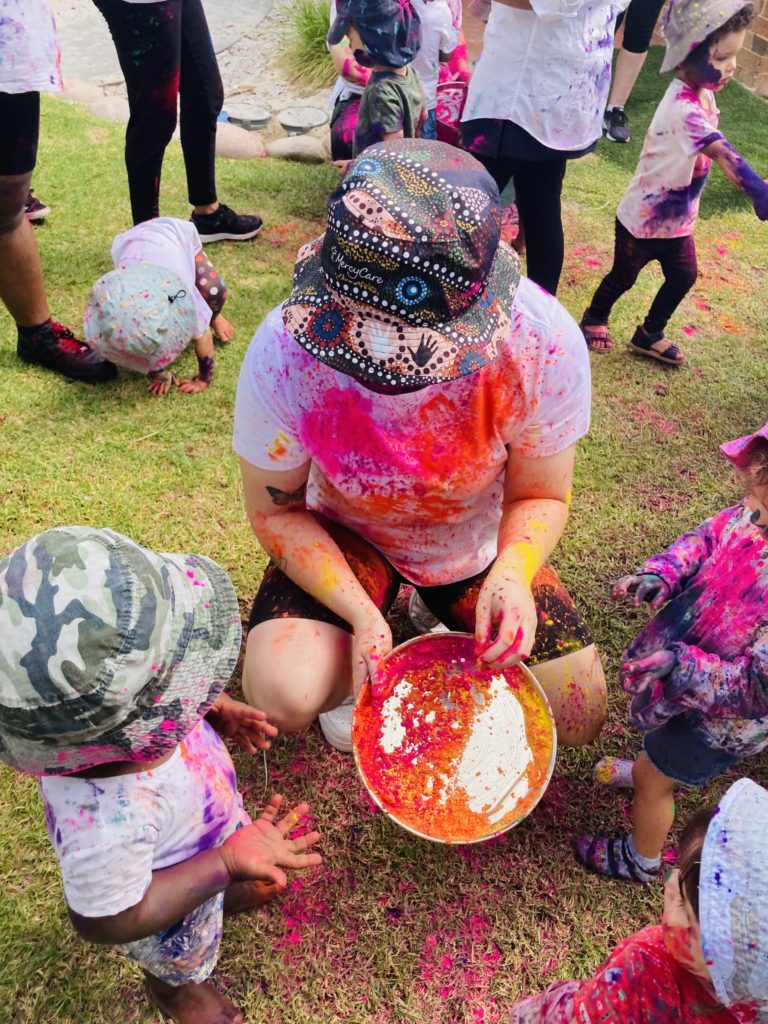
Children also explored the cultural backgrounds of their educators, including Dona, who is from Sri Lanka.
Dona spoke about how her country is famous for tea! She brought in some processed tea leaves at different stages for the children to touch and smell.
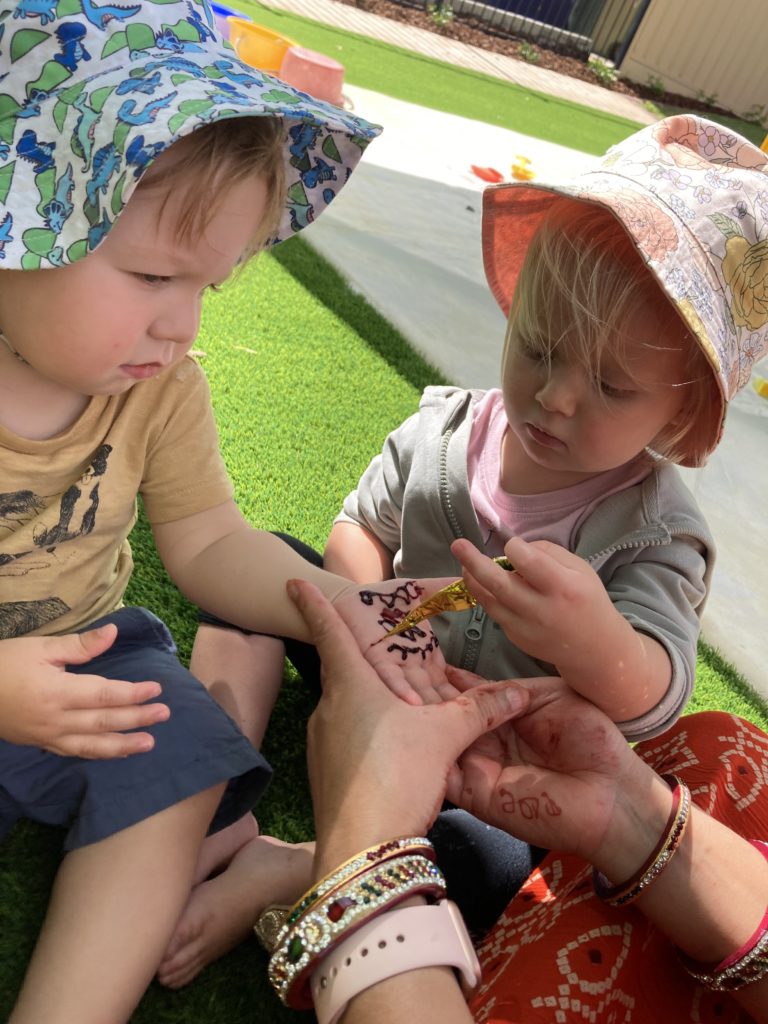
With parent permission, children in the Kooyar room enjoyed working with educator Sangeeta to create and display beautiful artwork on their hands.
Mehndi, also known as henna, is a paste associated with positive spirits and good luck. The children sat very still and watched as Sangeeta drew beautiful patterns and flowers onto their hands such great concentration.
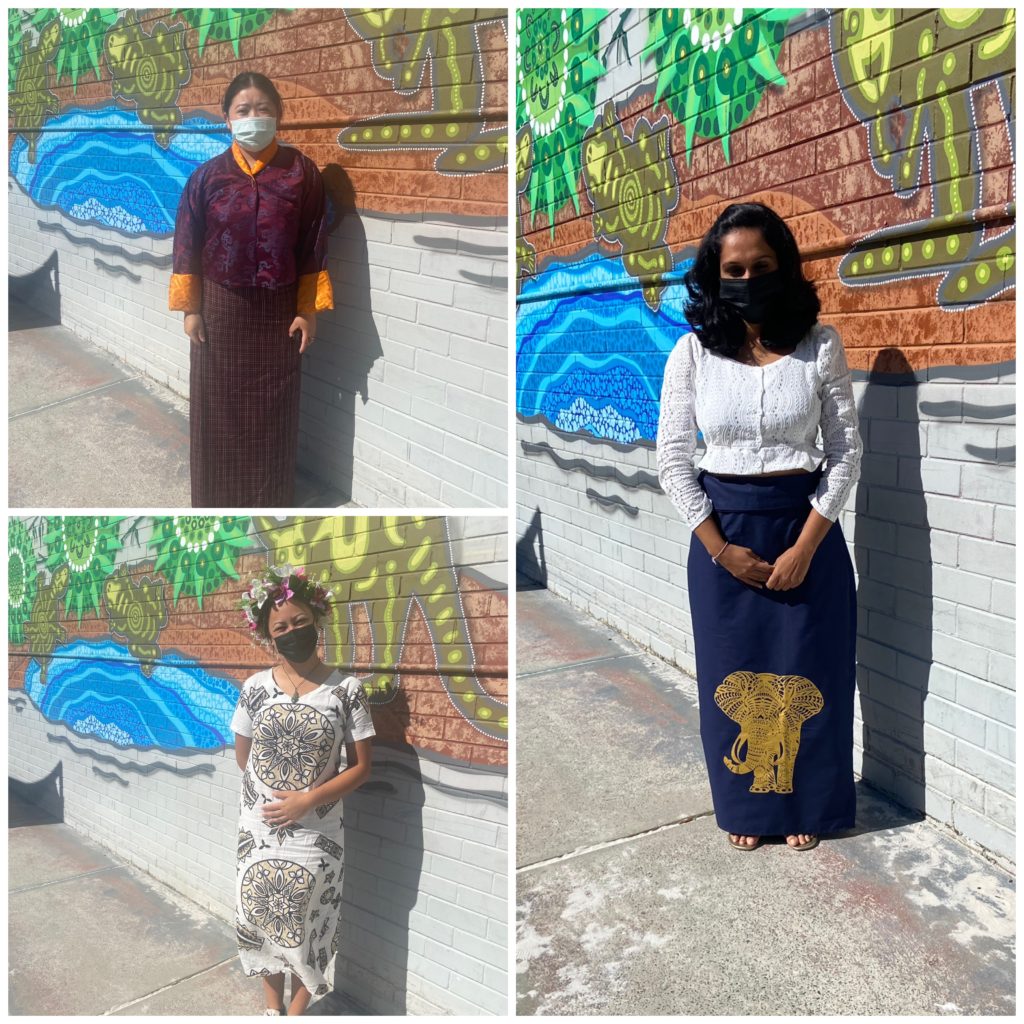
Educators at our centre also got into the spirit of Harmony Week by wearing the traditional dress known to their cultures.
Pictured on the bottom left is educator Aayana May, who is wearing a traditional Samoan dress called a Puletasi, this dress is worn for special celebrations and comes in a variety of colours and patterns.
Educator Karma Yankgi (top right) is from Bhutan and is wearing a two-piece outfit. The bottom is a woven fabric called a Kira, which was founded in the 17th century and symbolises cultural aesthetics of Bhutan and unique identity. For her top, the outer layer is called a Toega which is silk and cotton and is worn by women to enhance their appearance. The inside layer of the top is called Wonju, which is worn to show good behaviour and respect.
Pictured on the right is Sri Lankan educator Dona Atukorale, who is wearing a short blouse and a sarong also known as a Lungi. This is a long garment wrapped around the waist, which extends to the ankles.
What a beautiful way for children to see educators donning their traditional cultural dresses!
Kelmscott
Children learned all about diversity at our Kelmscott centre! To introduce the topic, educators read, Our Diversity Makes Us Stronger, by Elizabeth Cole, a fantastic picture book that encourages self-acceptance, respect and promotes celebrating everyone’s uniqueness.
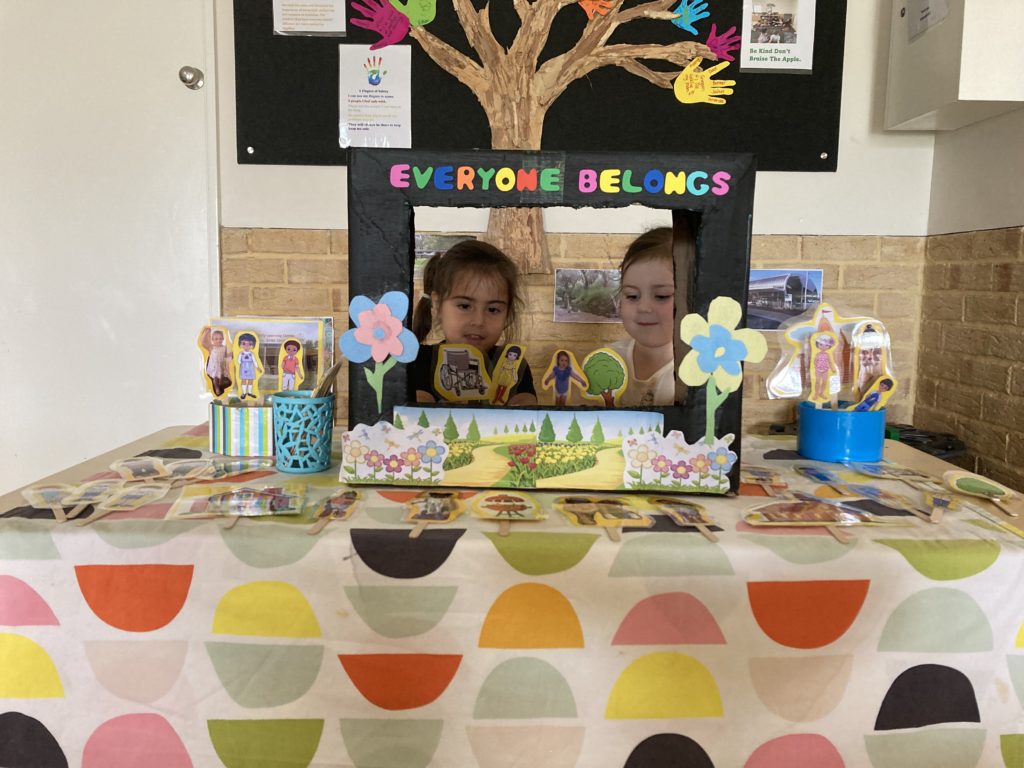
To further explore the concept, the children came up with the idea of a puppet theatre and helped created a theatre full of flowers, with puppets made out of their own image.
The children loved role playing and putting on performances for their friends, all the while embedding the concept the Harmony Week theme, ‘Everyone Belongs’.
Wembley
Understanding the importance of belonging was a great conversation starter for children in the Kangaroos, who learnt all about diversity and inclusiveness.
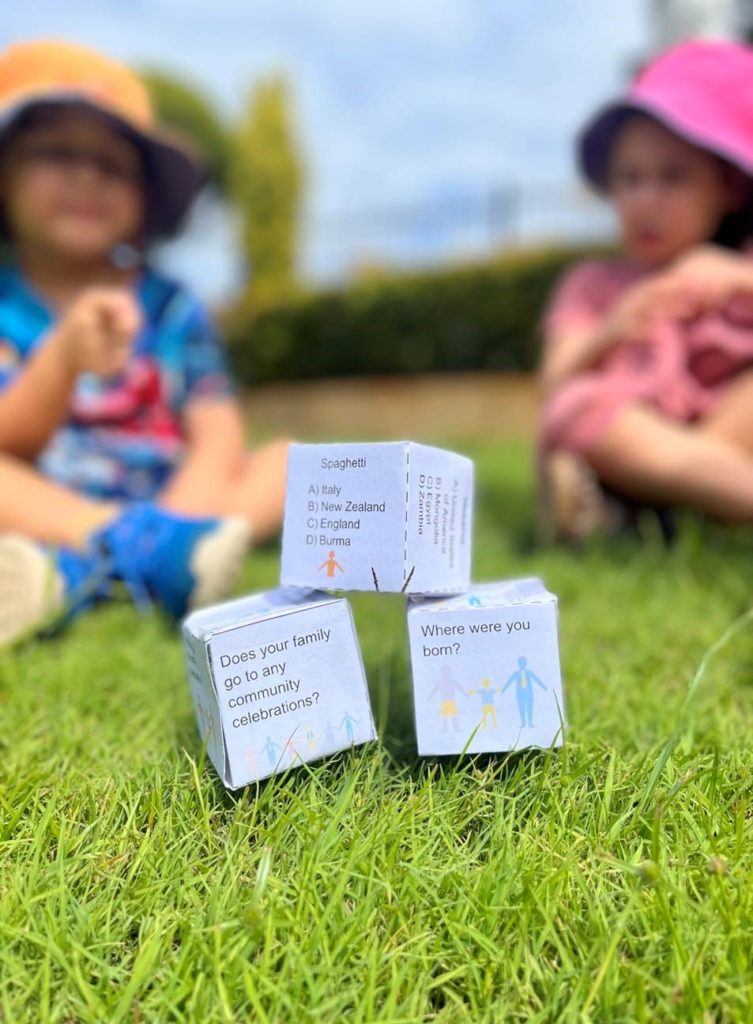
Using a dice, the children began talking about their own families, from how they celebrate special events and traditions to the variety of foods that come from different countries, which was a fun and interactive way for children to share what is special to them while also creating a strong sense of belonging!
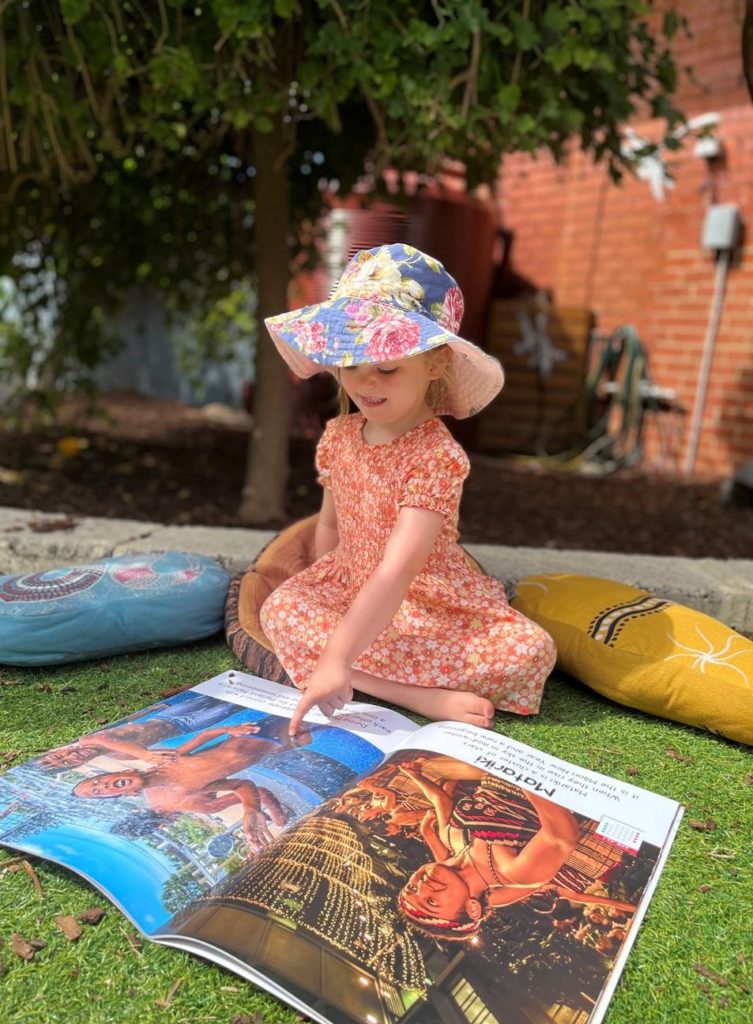
Children also read colourful picture books that showcased cultural traditions from all around the world, as well as books that promote diversity and acceptance by encouraging children to embrace one another’s differences.
Heathridge
Did you know that the Rubik’s Cube was invented by Hungarian professor Erno Rubik in 1974 and became such a huge part of Hungarian culture that children are taught how to master the colourful 3D puzzle from an early age?
Children at our Heathridge centre have been learning all about the origins of the colourful Rubik’s Cube, thanks to one of our Hungarian families at the centre, whose daughter is in the babies room.
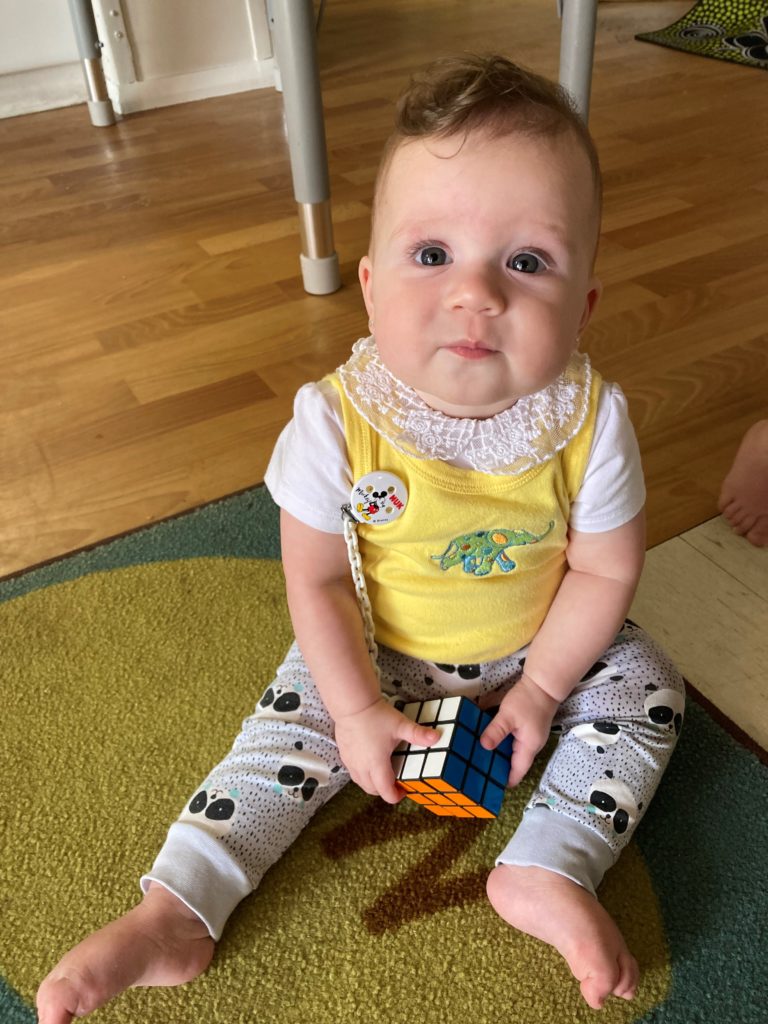
Educators were also blown away when the parent shared that inventor Erno is a family friend of theirs and that when they travel to Hungary for the first time later this year, their daughter will get to meet him for the first time.
Harmony Day is such a wonderful opportunity for our families from different cultures to share their stories and experiences!
